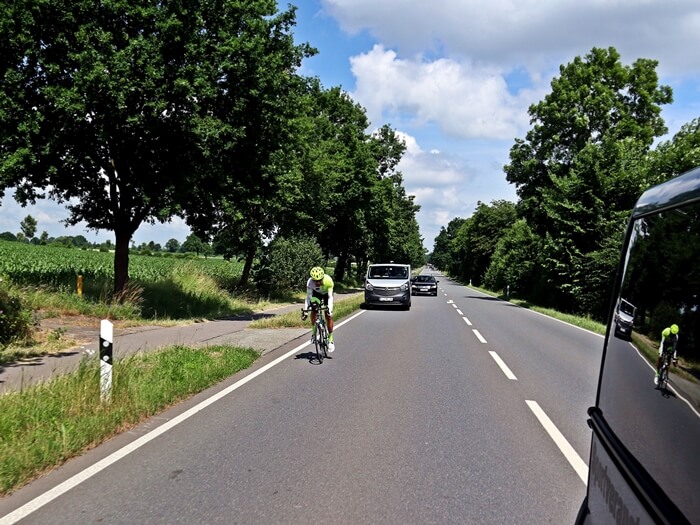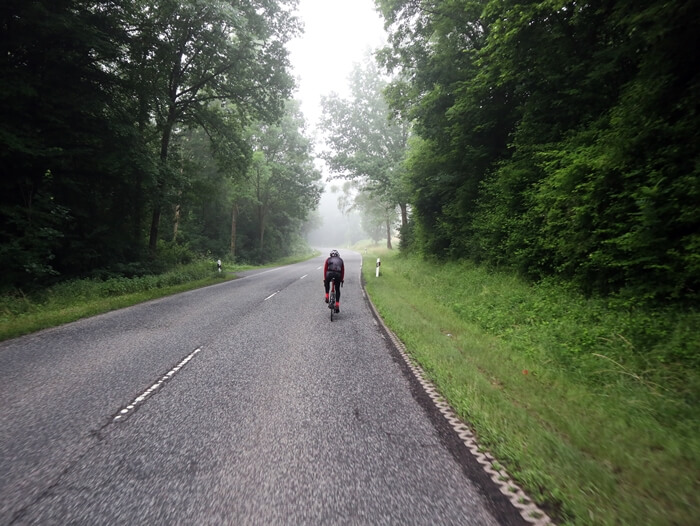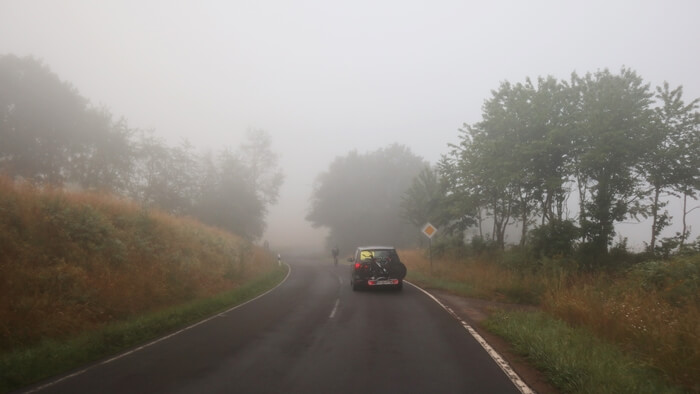

Origin story
The organizer of the Race Across Germany is Dieter Göpfert, who describes himself as an “organizer with passion” and organizes the events with heart and soul. The Race Across Germany is gaining popularity in the ultracycling scene every year and the number of participants has been growing steadily for several years. The races are family-oriented, the focus is on the sporting performance of each individual and there is little or hardly any large supporting program surrounding the race.
Extreme sports in focus
Dieter Göpfert rode the "Styrkeprøven" in 1998, an established ultracycling event in Norway which runs non-stop from Trondheim to Oslo. On the way, the question arises as to why there is no similar event in Germany. A year later, Dieter Göpfert and five friends meet to cross Germany on a 1,200-kilometer route between Flensburg and Garmisch-Partenkirchen. Using a support vehicle, the small group navigates south almost exclusively along major federal highways and manages to cover the route in less than 48 hours (time: 46 hours and 20 minutes).
Competition
In 2000, 18 people took part in the organized group trip and the number of participants continued to increase in the following years. It was not until 2014 that the event was offered as a timed event for individual starters and was held parallel to the guided group trip until 2016 - there was also the variant from Aachen to Görlitz as a guided group trip until 2017. Since 2017, the Race Across Germany is no longer a group ride and individual starters as well as teams take to the track every year to compete for the best times.
Rankings and times
The course records for the Race Across Germany from Aachen to Görlitz in the solo starter category are around 25 hours and for the Race Across Germany from Flensburg to Garmisch-Partenkrichen they are around 36 hours. Official times can be found on the event website.









